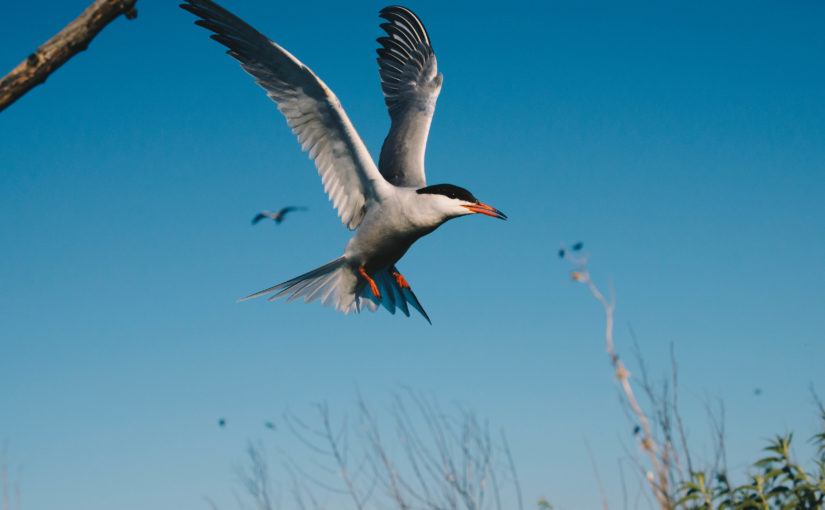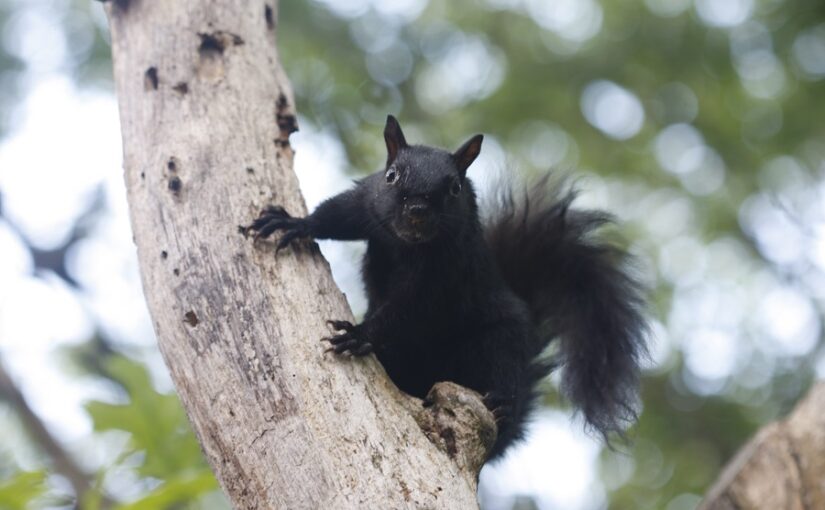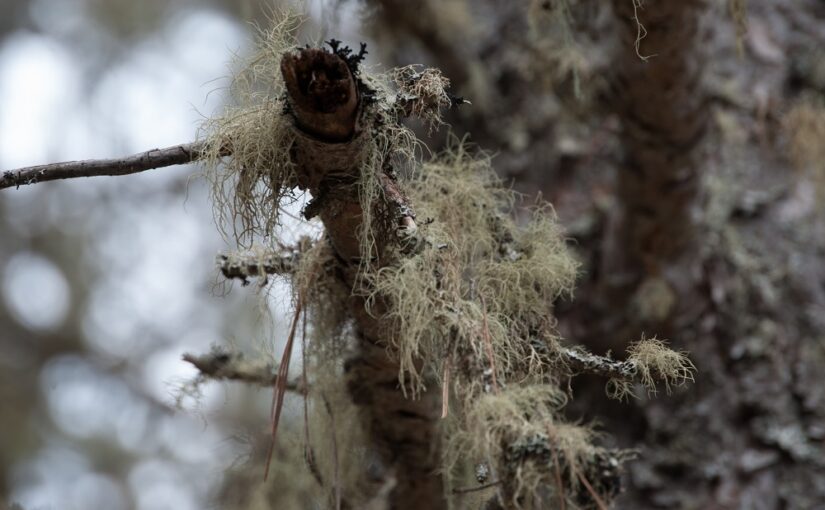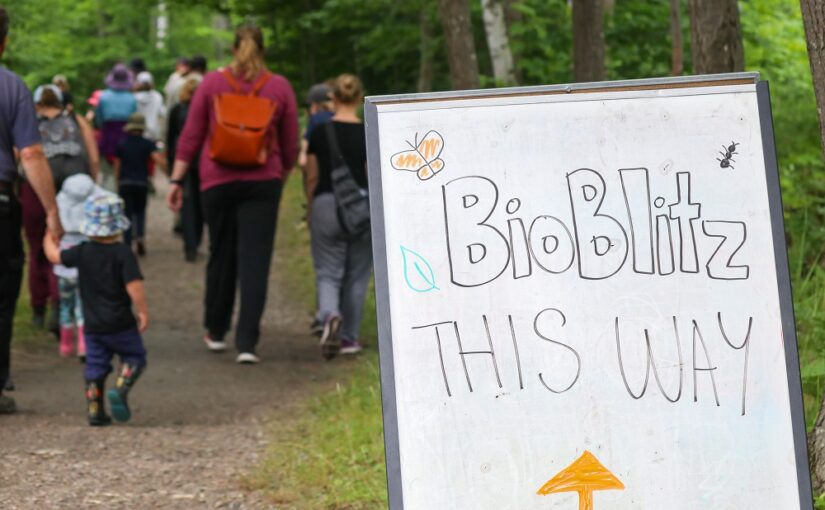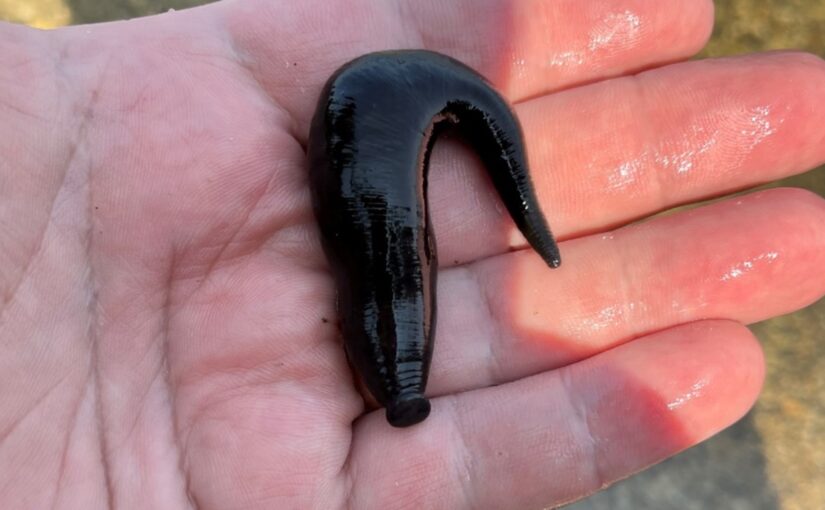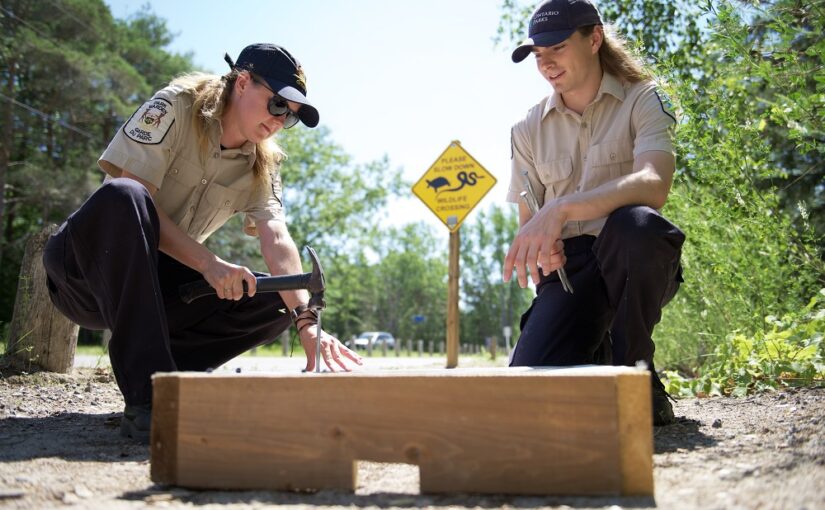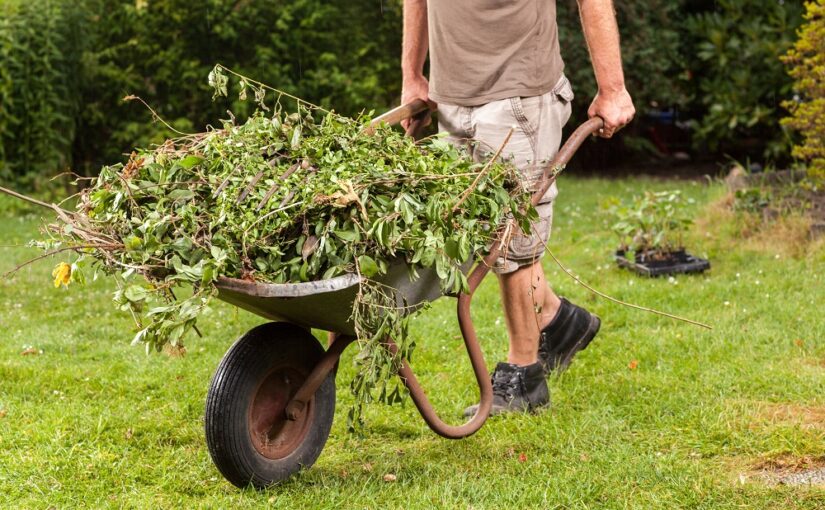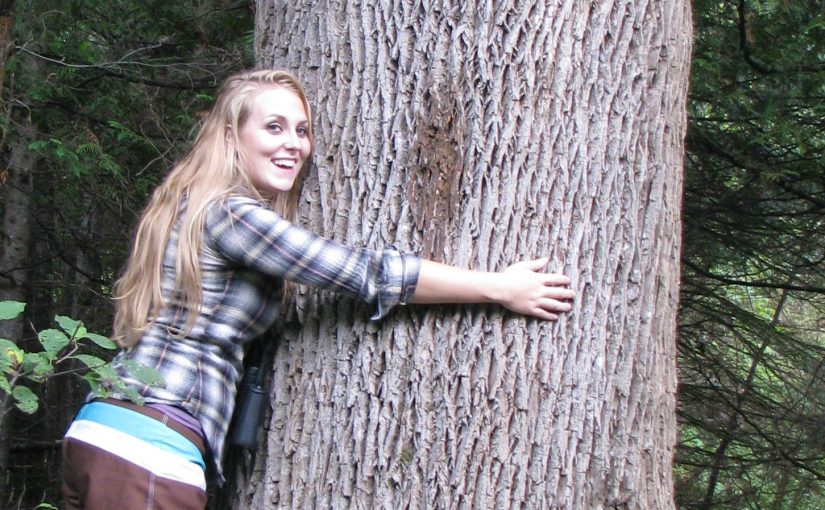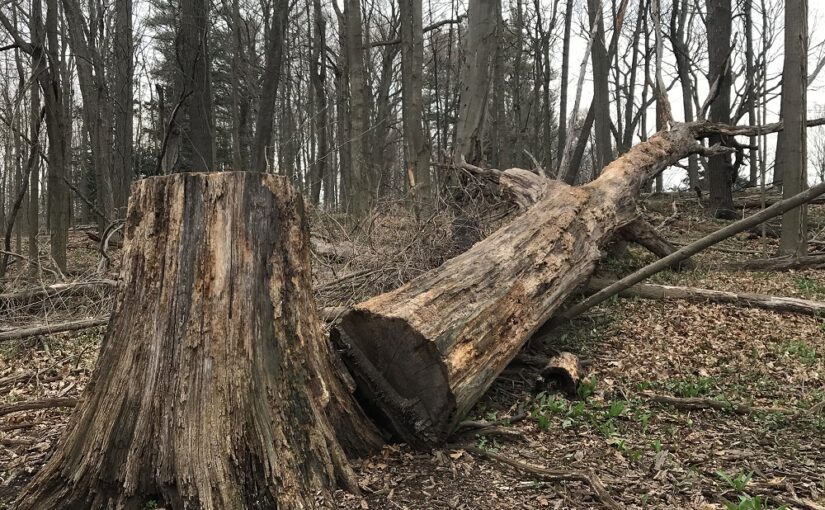Today’s post comes to us from David Bree, former Discovery Program Lead at Presqu’ile Provincial Park.
Butterball was a bit of a miracle child.
The way the year went, it was amazing that his egg was ever laid, let alone hatched. And he never should have flown.
But, somehow, he did.
To truly understand Butterball’s story, and the miracle it was, we must go back eight years. And oh yeah, you should know: Butterball is a Common Tern.
